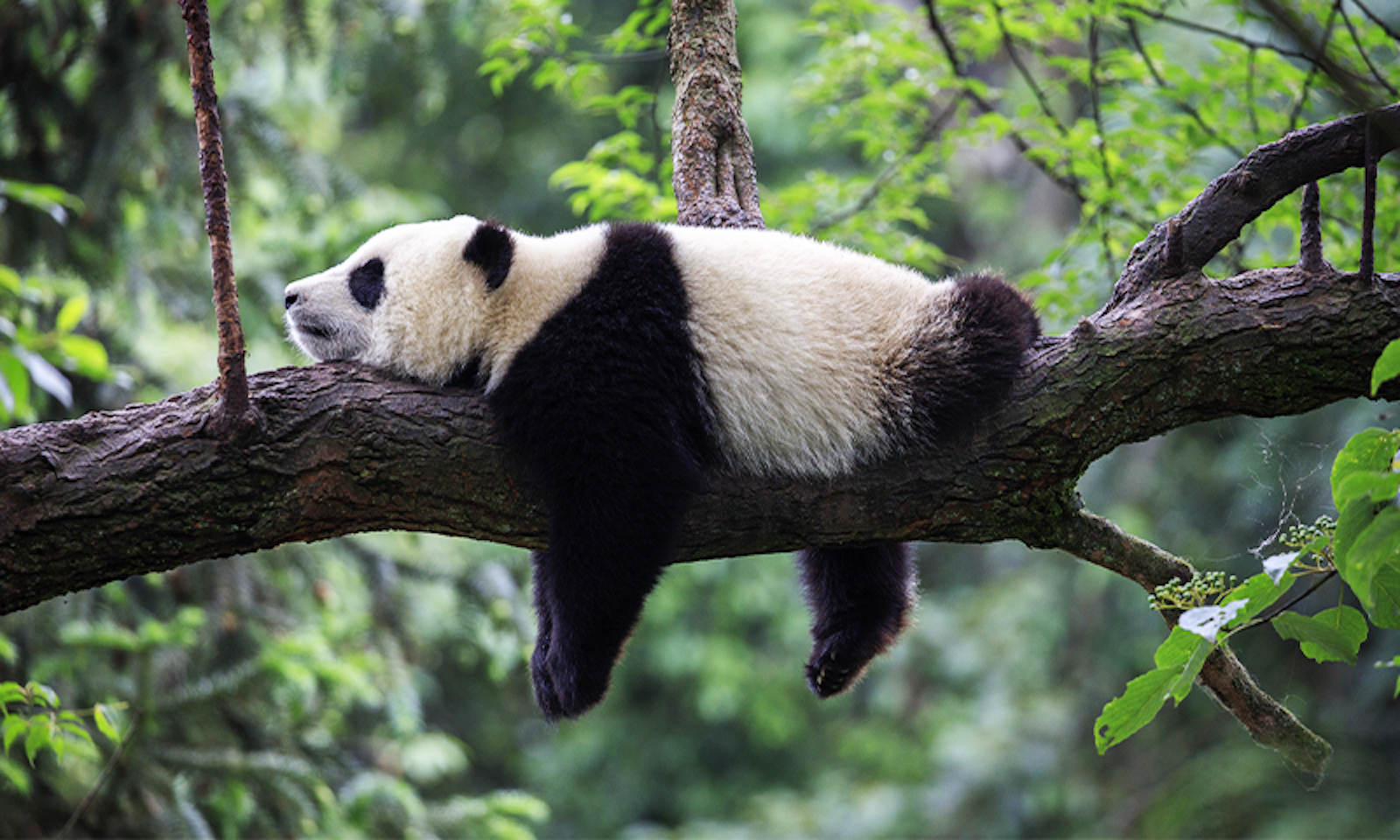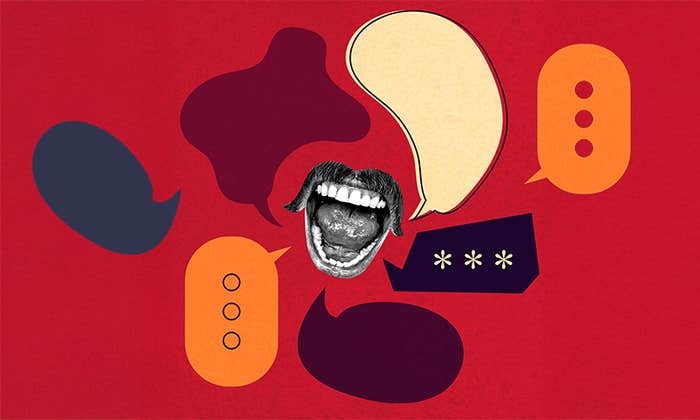Inside each and every one of us there is a clock, a minute cluster of about 20,000 cells nestling in the frontal part of the brain. This clock, wound up daily by the sun’s rays hitting the eyes’ retina, controls our 24-hour sleep-wake cycles, also known as circadian rhythms. During winter in the northern hemisphere, when sunlight becomes scarce and days grow shorter, particularly in the higher latitudes, that clock doesn’t get a strong enough wake-up signal, causing many people to become slow and sluggish. Some peoples’ bodies long for the sun so much that they develop a full-blown seasonal affective disorder, or SAD, becoming lethargic, joyless, and depressed.
SAD is relatively common in humans: It affects 1 to 3 percent of adults in temperate climates and is more prevalent in women. The effects seem to worsen the closer one gets to the Earth’s poles, at least in winter. That’s not surprising because we originally evolved in the latitudes closer to the equator, where there’s plenty of sun throughout the year. So the farther we are from the equator and closer to the Earth’s poles, the more “SAD” we are.
This phenomenon isn’t unique to humans. Circadian rhythms exist across the animal kingdom, from birds to reptiles to amphibians to fish, and even insects. When animals are being transferred from their natural habitats to new locations—for example from southern latitudes to northern ones—they suffer similar consequences, experiencing their own version of SAD. This is particularly problematic when it comes to zoo animals, many of which did not evolve to exist in the latitudes where they live now, says Kristine Gandia of the University of Stirling, in Scotland, who studies animal welfare.
“Animals, including humans, have evolved rhythms to synchronize their internal environments with the external environment,” says Gandia. “When internal clocks are not synchronized with external cues like light and temperature, this can cause adverse effects.” Gandia’s team wanted to understand how SAD affects zoo animals, so they picked 11 giant pandas to study, and published their findings in Frontiers in Psychology.
Pandas may be genetically wired for the latitudes in which their species evolved.
Pandas, who do not hibernate in winter, are native to Asia. They live in the bamboo forests of the mountain ranges in south central China, particularly in Sichuan, Shaanxi, and Gansu provinces, which are located much farther south than Scotland. They make great study subjects because many zoos run panda cams, which means that the animals can be viewed remotely and unobtrusively. So Gandia and her 12 colleagues spent a year watching panda videos streamed from five different zoos—some inside the animals’ natural habitat range and others in the higher latitudes of the northern climates. Not surprisingly they found that zoo pandas were “displaying less activity than those within their latitudinal range.”
Pandas that were born in the high latitude zoos and never lived in the natural habitat range were sluggish, too, which suggests that the animals are genetically wired for the latitudes in which their species evolved. “It wouldn’t matter if you’re born in another latitude because it’s what you evolved for [as species],” says Gandia, the study’s lead author. “It’s already in your genetics.”
Why is that important? As many animal populations around the world suffer declines, zoos commonly institute conservation programs, aiming to preserve struggling species. Creating an environment that mimics the conditions in which creatures evolved to live can not only make them healthier and happier, but also encourage them to seek mates and reproduce, says Gandia.
Humans, who have more control over their environments, already try to offset some of the detrimental effects of SAD in winter. Some buy light-therapy lamps designed to mimic sunlight. Some try spending more time outside, especially in the morning, to send a strong signal to the brain. Others travel to sunnier places in winter. Similar things can be implemented in zoos, says Gandia. “With the indoor enclosures, you can control light and temperature. So if you can match the lighting of the natural environment in these enclosures, then that could help these animals synchronize better to their natural rhythms.”
All that raises another question: What about pets? They often reside in homes far from where their species first evolved. Do their circadian rhythms adapt? For example, scientists believe that the ancient Egyptians were the first to domesticate cats. How do their descendants fare now, in higher latitudes?
Turns out that nobody knows—yet. “There definitely is no data on circadian rhythms of pets,” says Gandia. And that’s exactly the type of data her group wants to collect, not just on zoo inhabitants, but on pets and even agricultural animals. Circadian rhythms and sunlight diets may be just as important for the well-being of our fellow creatures as they are for ours. ![]()
Lead photo by clkraus / Shutterstock




























